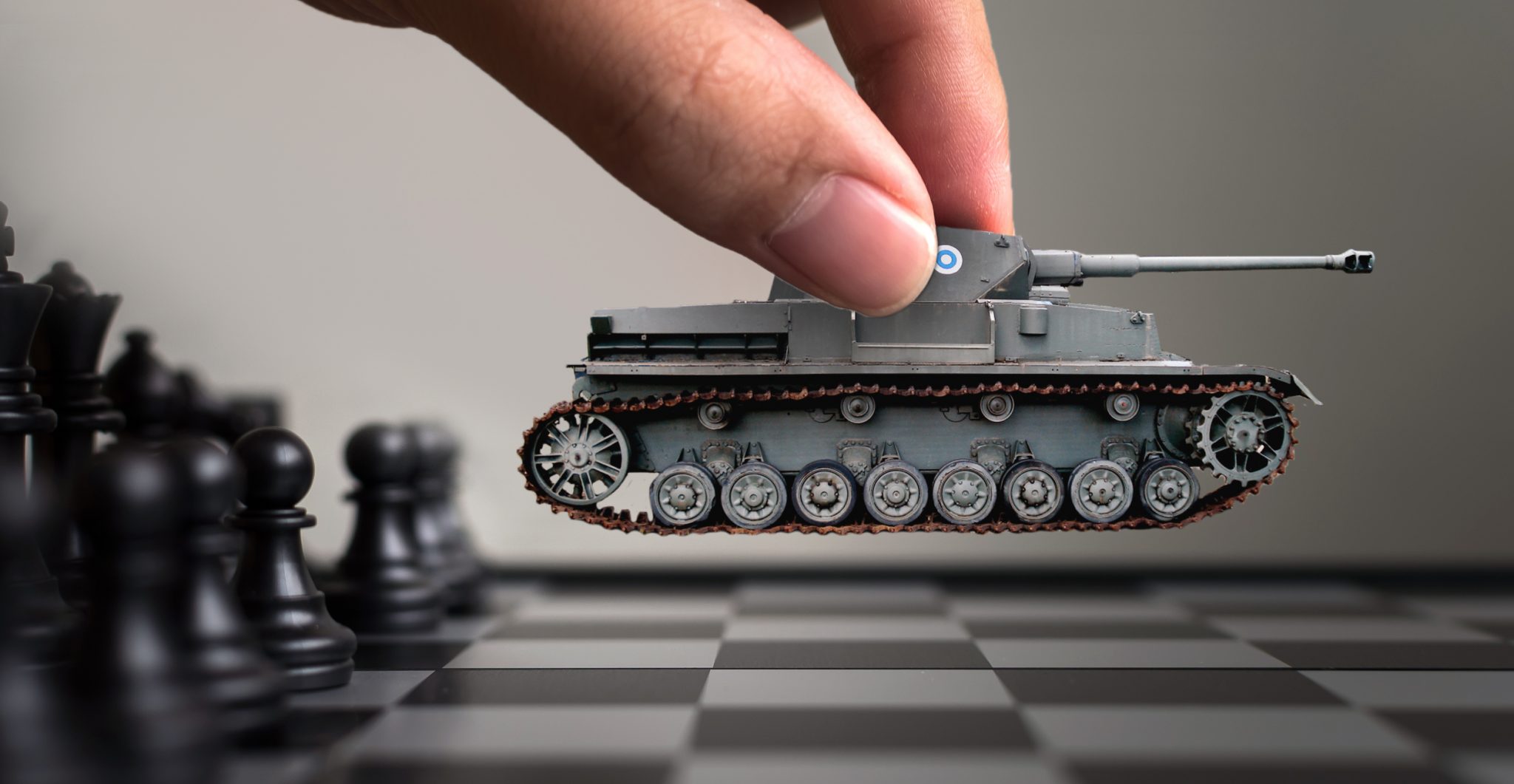In hindsight, it is too easy to say that Adolf Hitler was simply a madman with no rational thought behind his actions. It’s certainly true that the Nazi party acted insanely and inhumanely, but that isn’t the same as saying they acted irrationally.
Particularly in the beginning, Hitler believed there were solid political reasons for acting as he did and invading certain countries. He wanted Germany to be bigger geographically and be a major player on the world stage.
He was furious about the way his country had been treated in the Treaty of Versailles after World War I. So he thought strategically about which nations to invade, and which occupations would benefit Germany the most and provoke western European nations the least.
Writing him off as a madman is a reductive oversimplification, and not an accurate portrayal of this leader who thought he had good reasons to act as he did.
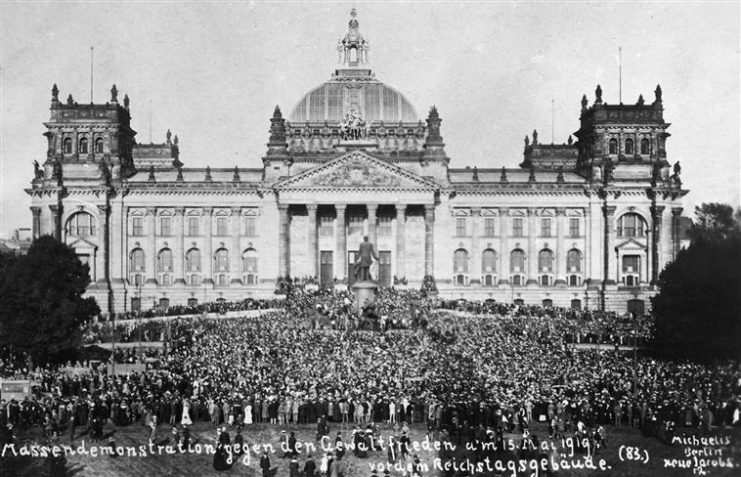
He was right about one thing: the Western Allies were anxious to not upset him. Only Winston Churchill recognized Hitler as the monster he would soon prove to be.
Hitler began his incursions into the territory of other nations by annexing Austria in March 1938. He wanted more land for Germany, and he wanted to test the waters, so to speak, to see how far he could actually push the Allies. As history has taught us, they made a huge mistake in letting Hitler take this region, thinking he would perhaps be satisfied.
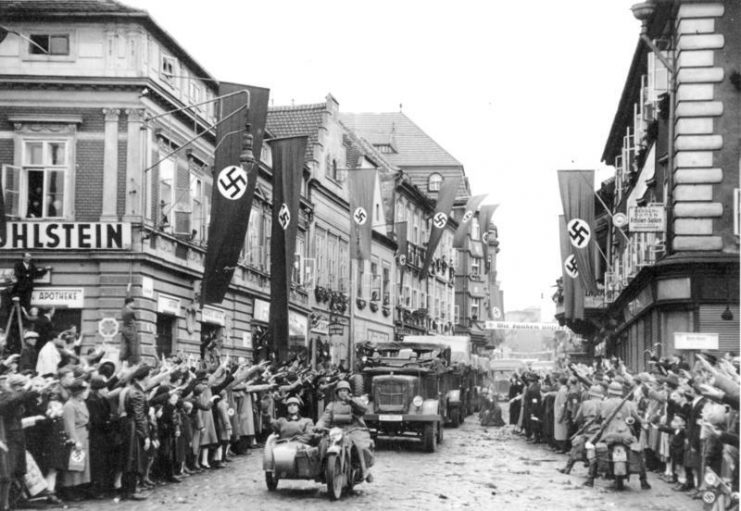
Even his next move, into Czechoslovakia, did not provoke the reaction it should have from western European nations. Austria was Hitler’s birthplace, but he really wanted it in order to give Germany even more room in which to grow.
When Hitler began to advance on Poland, the Allies finally started getting nervous and listening to Churchill.
Hitler wanted Poland’s rich agricultural land to help provide sustenance for Germany. He had little respect for the Polish people, and had no compunction about taking their lands and homes and other property.
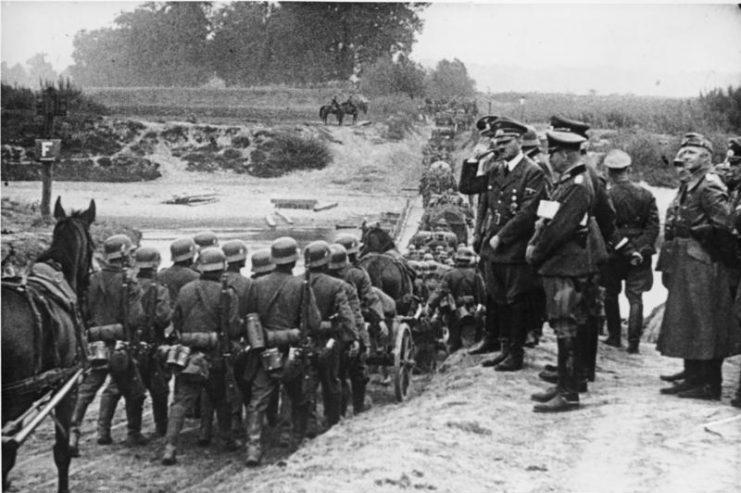
First, German families began moving into Polish households and running their farms and companies. Hitler was almost daring the Allies to stop him. Then he invaded with the military on September 1, 1939. World War II began two days later in an announcement from Great Britain.
War was underway fully by 1940, when Hitler moved into southern Denmark. Getting into that region gave him what he hoped would be a secure footing from which to invade Norway.
Many German-speaking people lived in Denmark, so the move was relatively easy and quick. But Norway was the true Scandinavian prize Hitler sought, for its ports and access to wealthy mining companies that he wanted to provide the materials he needed to maintain his war machine.
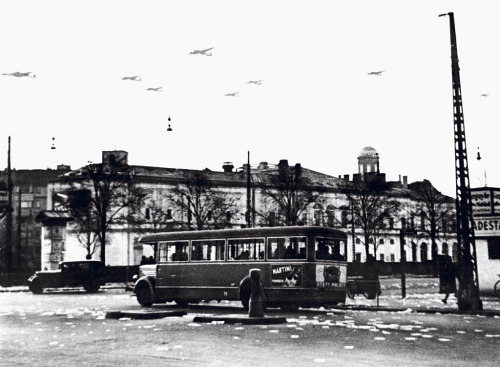
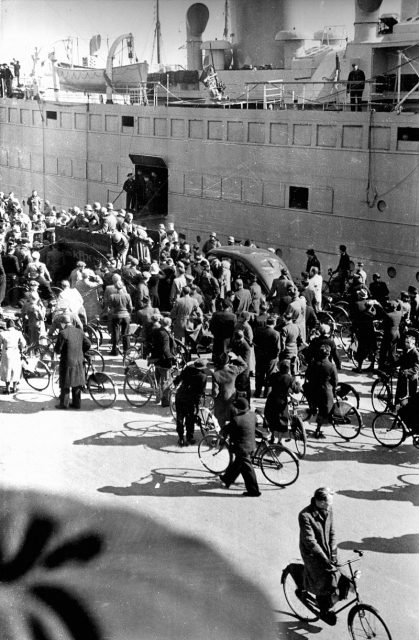
Although France and Great Britain had also planned to invade Norway, Hitler got there first, and laid claim to its rich natural resources before the Allies could.
Belgium was next on Hitler’s “wish list,” and he invaded it in order to get to France. German troops swept in, and within six weeks had crossed the Belgian border and occupied France. It is said that Hitler himself was stunned by the ease with which he captured Paris.
When Hitler took Belgium, he took Dutch territory in the process. He had to invade the Netherlands or risk attacking the Maginot Line, defenses which France had built after World War I. But the barrier wasn’t wide enough, so the Germans simply circumvented the Maginot and took Paris.
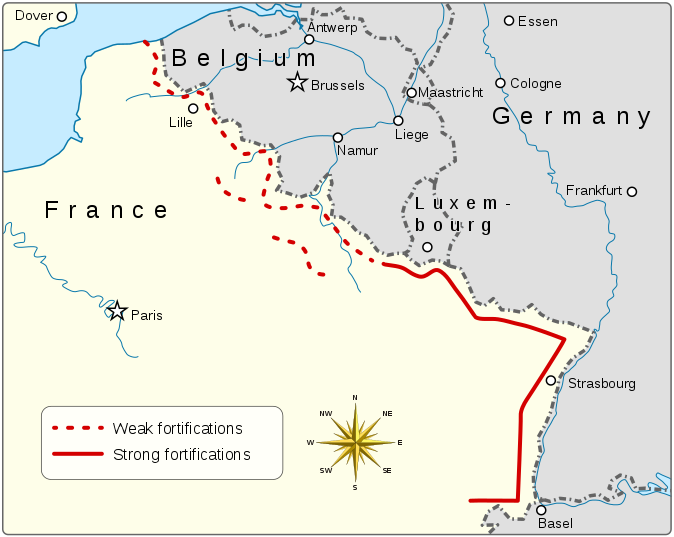
Consequently, Dutch territory was invaded. There were also tactical reasons for that: Hitler did not want Dutch officials allowing the British to use their air bases, so he made sure his troops got there first.
Animosity between Germany and France had existed since the time of Napoleon. They had a long and storied list of grudges–most recently, France and Great Britain had trounced Germany during World War I.
Hitler’s desire for revenge was all consuming, and because France had aligned itself with Poland in 1921, that was really all Hitler needed to stoke his desire to bring the country to its knees.
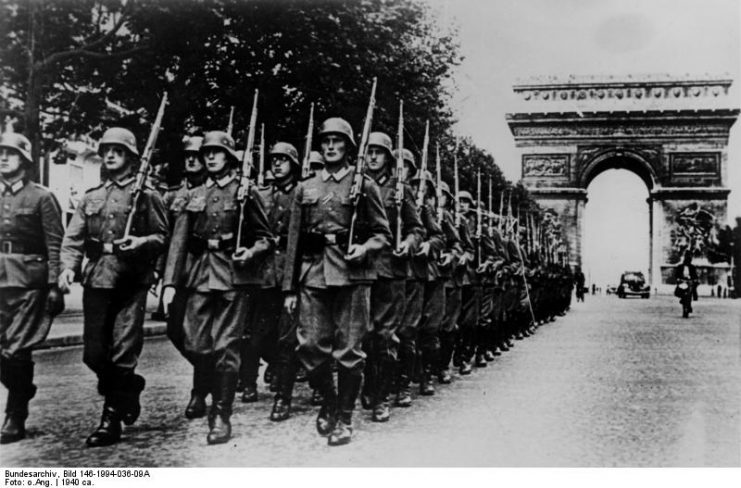
Great Britain was never invaded during World War II, but the Channel Islands were occupied by the Nazis. Hitler viewed this as a small victory over a hated enemy, but that was as close as they got to England’s shores.
Great Britain and the Soviet Union eventually became allies during the war, so Hitler had no choice but to fight on the Eastern Front as well. He was opposed to communism in all its forms, and stoked his nation’s fear of it to heighten support for the Russian campaign.
But his efforts on the Eastern Front would cost him dearly, as troops and supplies were siphoned from other areas to fight in the war against the Red Army.
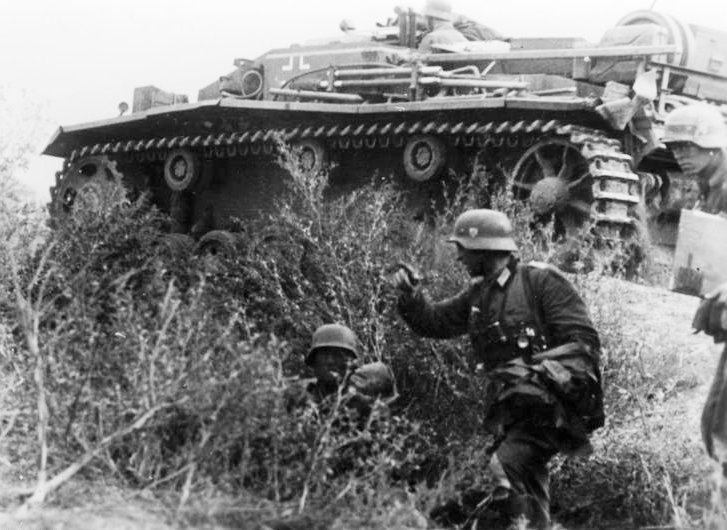
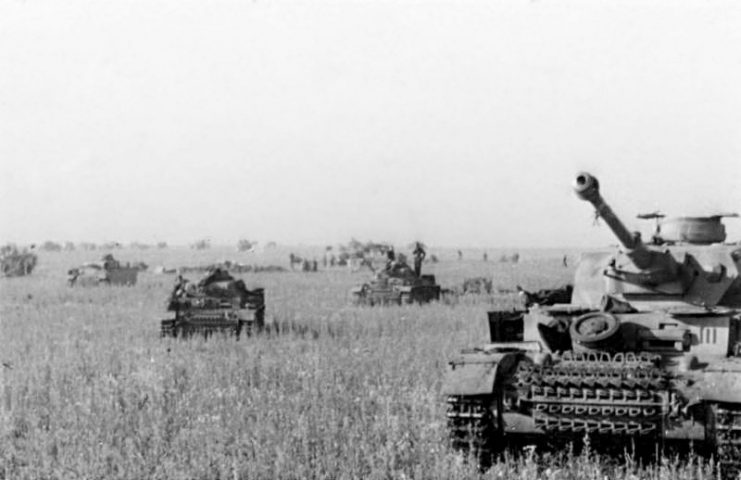
Like the Soviet Union, Italy was on board with Hitler’s plans at first. But by 1943, Italy had been ravaged by the Allies and its dictator, Mussolini, had been toppled. The country was effectively split in two. The Germans occupied the north, while the Allies controlled the south.
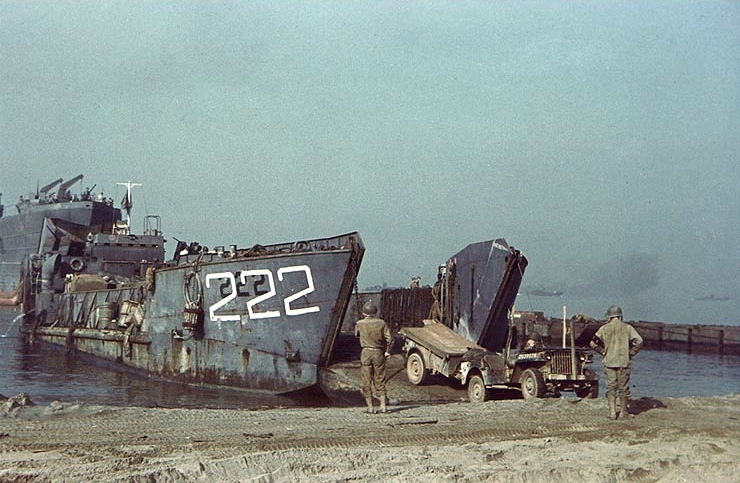
When Germany’s expansionist plans began, Hitler tried to follow an orderly path to occupation of each of these countries, but by the war’s end, chaos reigned.
Read another story from us: Hitler the Deluded: His Key Mistakes In WW2
In May 1945, when the Allies declared victory and Germany surrendered, only one political ethos prevailed: the Nazis were finished, Hitler was dead, and democratic rule was restored in every nation but the Soviet Union and the countries it continued to occupy after the war.
